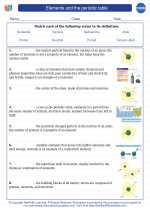Lubrication in Chemistry
Lubrication is the process of reducing friction between two surfaces in contact. In chemistry, lubrication is often achieved by using substances called lubricants. These can be solid, liquid, or gaseous and are used to minimize wear and tear between moving parts. Understanding the chemistry of lubrication is important in various fields including engineering, automotive, and industrial processes.
Types of Lubricants
There are three main types of lubricants:
- Solid lubricants: These are substances that are typically in a solid state and reduce friction between surfaces by providing a protective layer. Examples include graphite and molybdenum disulfide.
- Liquid lubricants: These are fluids that form a thin film between surfaces to reduce friction. Common examples include motor oil and hydraulic fluids.
- Gaseous lubricants: These lubricants utilize gases, such as air or nitrogen, to separate and reduce friction between surfaces.
Mechanism of Lubrication
The mechanism of lubrication involves the formation of a thin film between the two surfaces in contact. This film acts as a barrier, preventing direct contact and reducing friction and wear. The lubricant may also carry away heat generated by friction, preventing overheating of the surfaces.
Factors Affecting Lubrication
Several factors can affect the effectiveness of lubrication:
- Pressure: Higher pressures can squeeze out the lubricant, reducing its effectiveness.
- Temperature: Extreme temperatures can alter the viscosity and behavior of the lubricant.
- Speed of movement: Faster movement can require a more viscous lubricant to maintain the protective film.
- Surface roughness: Smoother surfaces generally require less lubricant for effective reduction of friction.
Applications of Lubrication
Lubrication has a wide range of applications, including but not limited to:
- Automotive engines and machinery
- Industrial equipment such as pumps and compressors
- Metalworking and machining processes
- Biomedical devices and implants
Study Guide for Lubrication in Chemistry
If you are studying lubrication in chemistry, here are some important topics to focus on:
- Types of lubricants and their properties
- Mechanism of lubrication and the role of friction reduction
- Factors affecting lubrication effectiveness
- Real-world applications of lubrication in different industries
- Case studies or examples of successful lubrication strategies
Understanding the chemistry of lubrication is essential for designing efficient systems and machinery that rely on reducing friction and wear between moving parts.
.◂Chemistry Worksheets and Study Guides High School. Elements and the periodic table
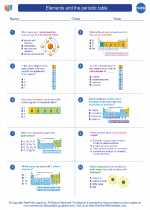
 Worksheet/Answer key
Worksheet/Answer key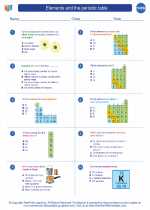
 Worksheet/Answer key
Worksheet/Answer key
 Vocabulary/Answer key
Vocabulary/Answer key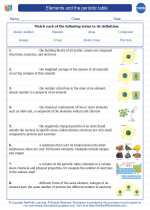
 Vocabulary/Answer key
Vocabulary/Answer key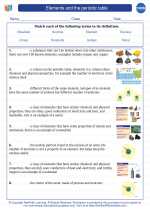
 Vocabulary/Answer key
Vocabulary/Answer key